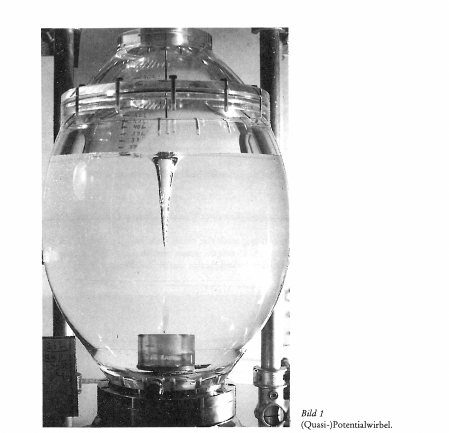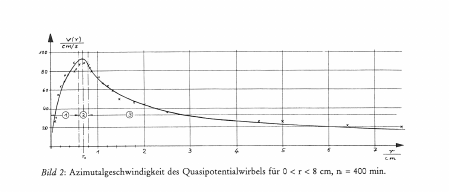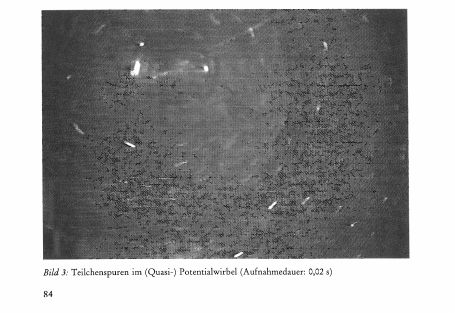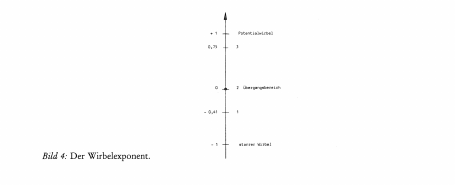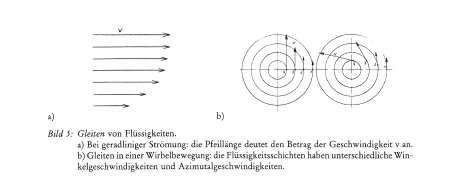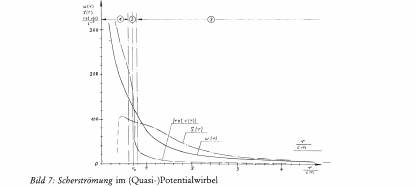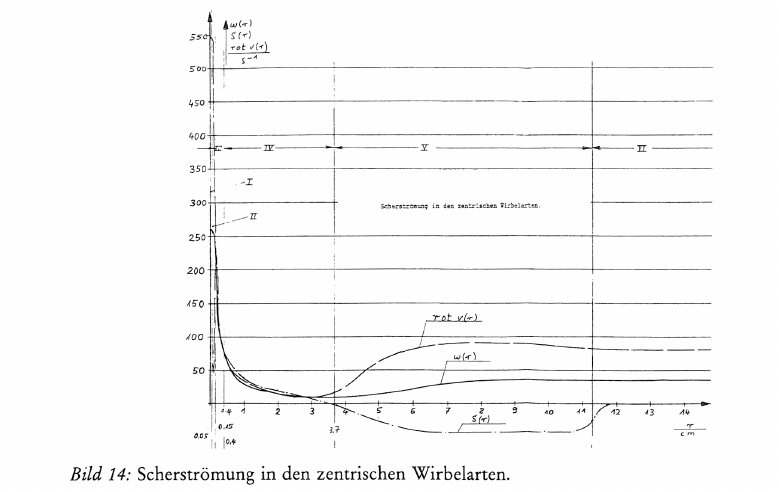Der Wirbelexponent als Parameter kosmischer und zentrischer Wirbelarten
Elemente der Naturwissenschaft
54,
1991,
S.
82-100 |
DOI:
10.18756/edn.54.82
Article | Sprache: German | €6.00
Artikelreferenz exportieren
- Klartext
- BibTeX
- RIS Format
- Downloadkosten : € 6.00
Zusammenfassung:
Different types of vortices are introduced. They are found in nature or can be produced artificially in ways described here or in modifications thereof. In such vortices layers of fluid glide over each other, leading to shear, rotation and diffenences in pressure. Each type of vortice is characterized by its «vortice—exponent.» The sign of this exponent defines whether the respective vortex is of central or cosmic nature.
This study was undertaken at the firm Helixor in the frame of work on the development of a flow process for mixing aqueous extracts of the mistle toe in a suitable way. [...]
